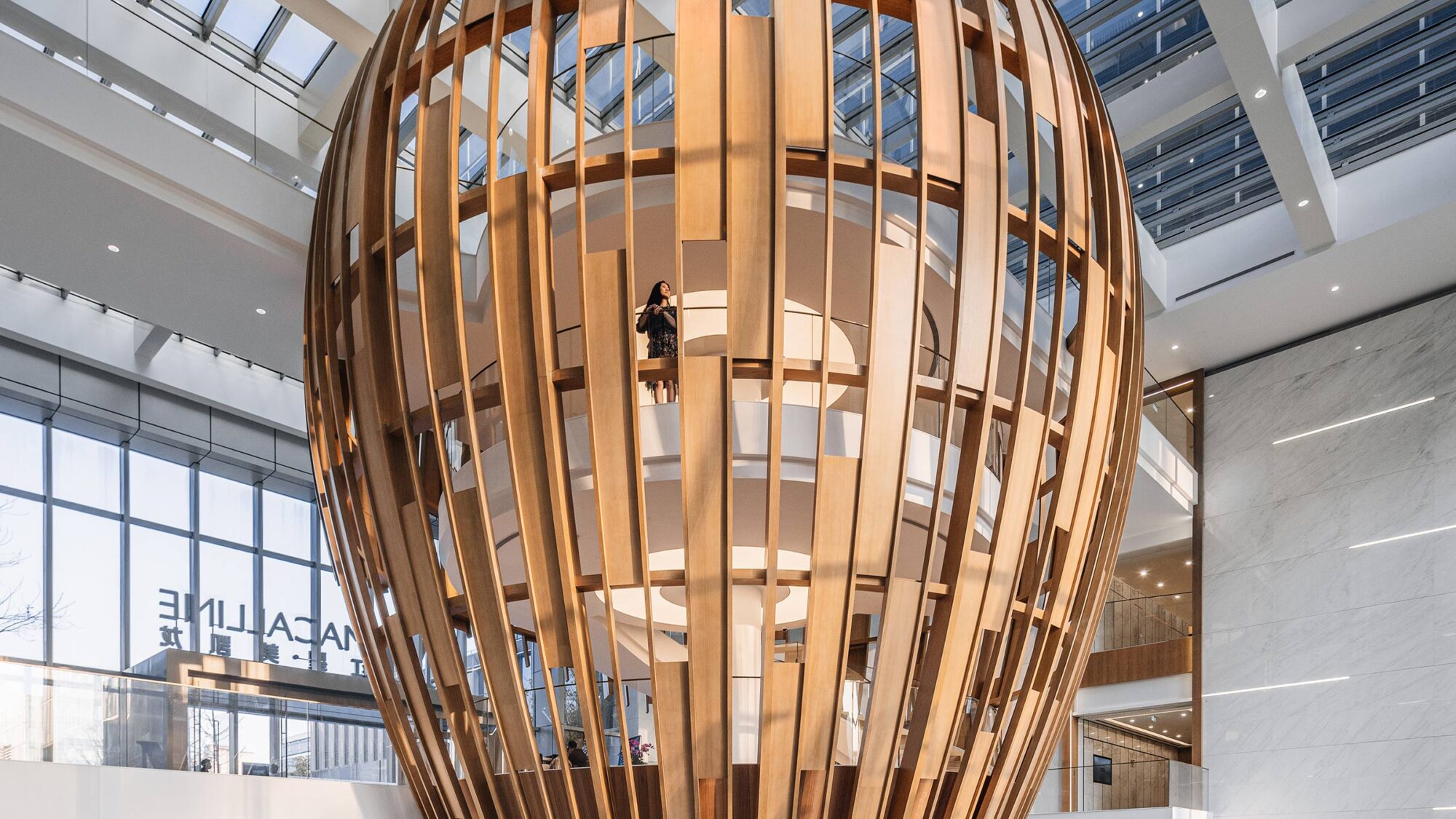
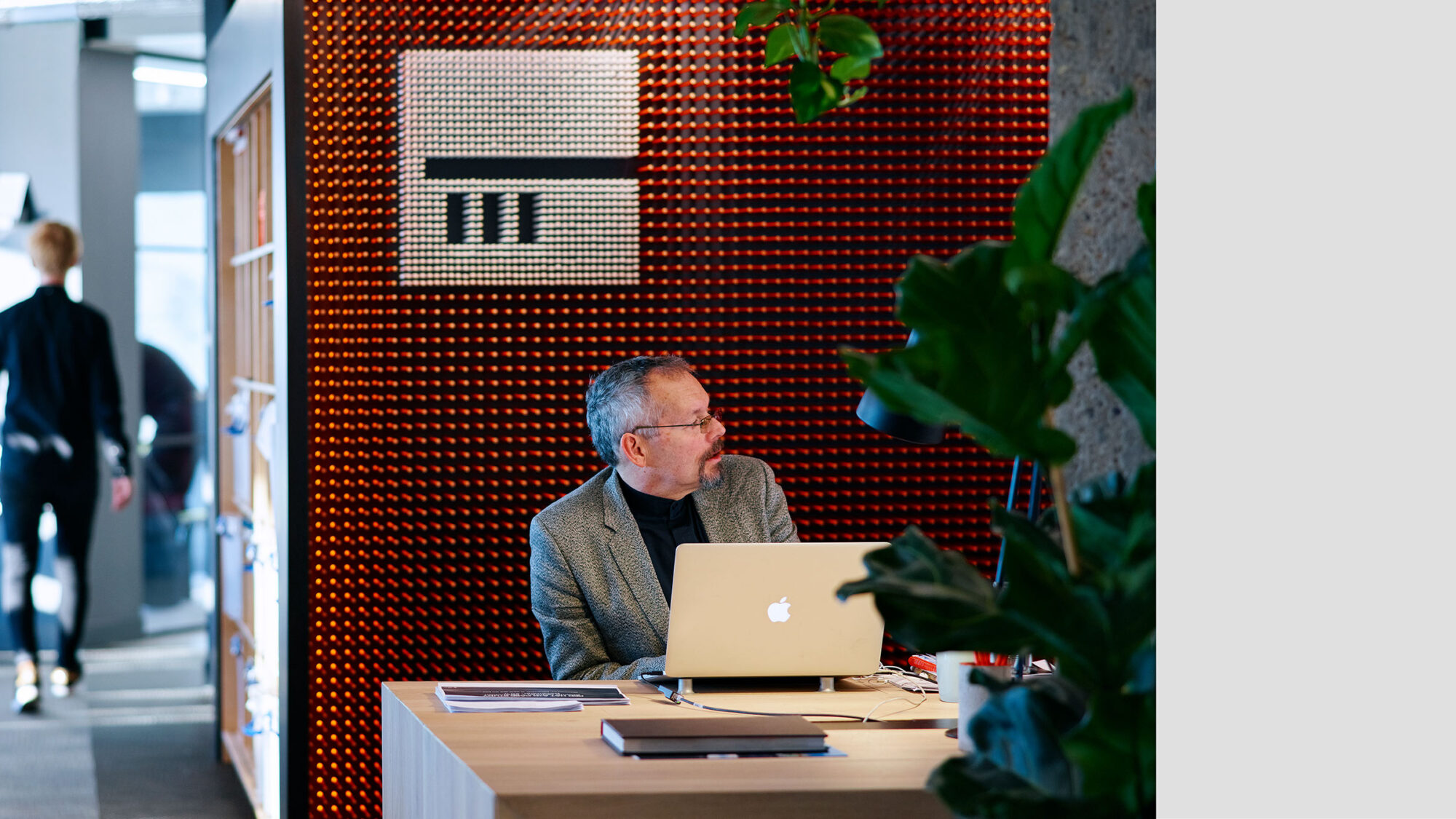



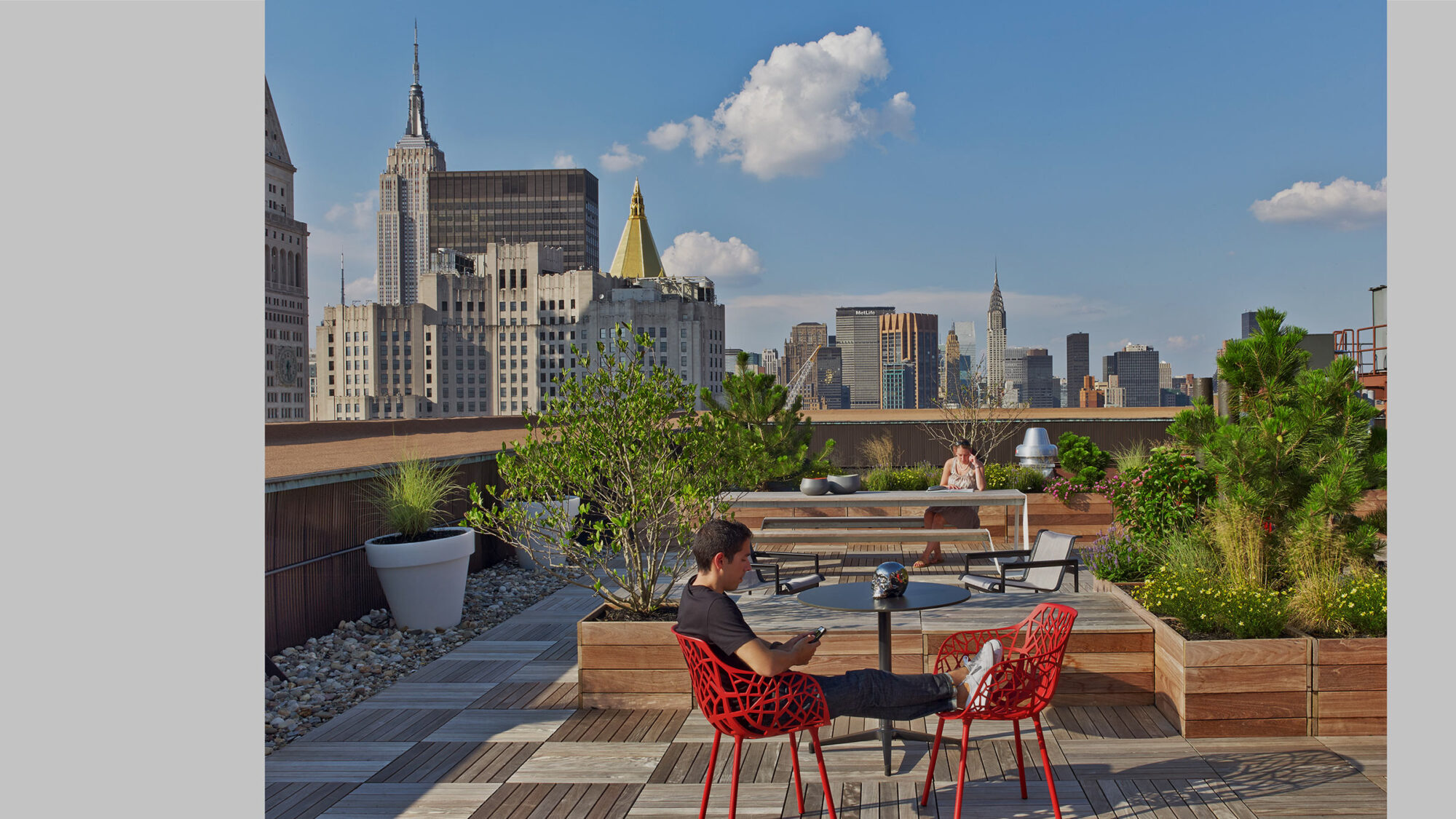
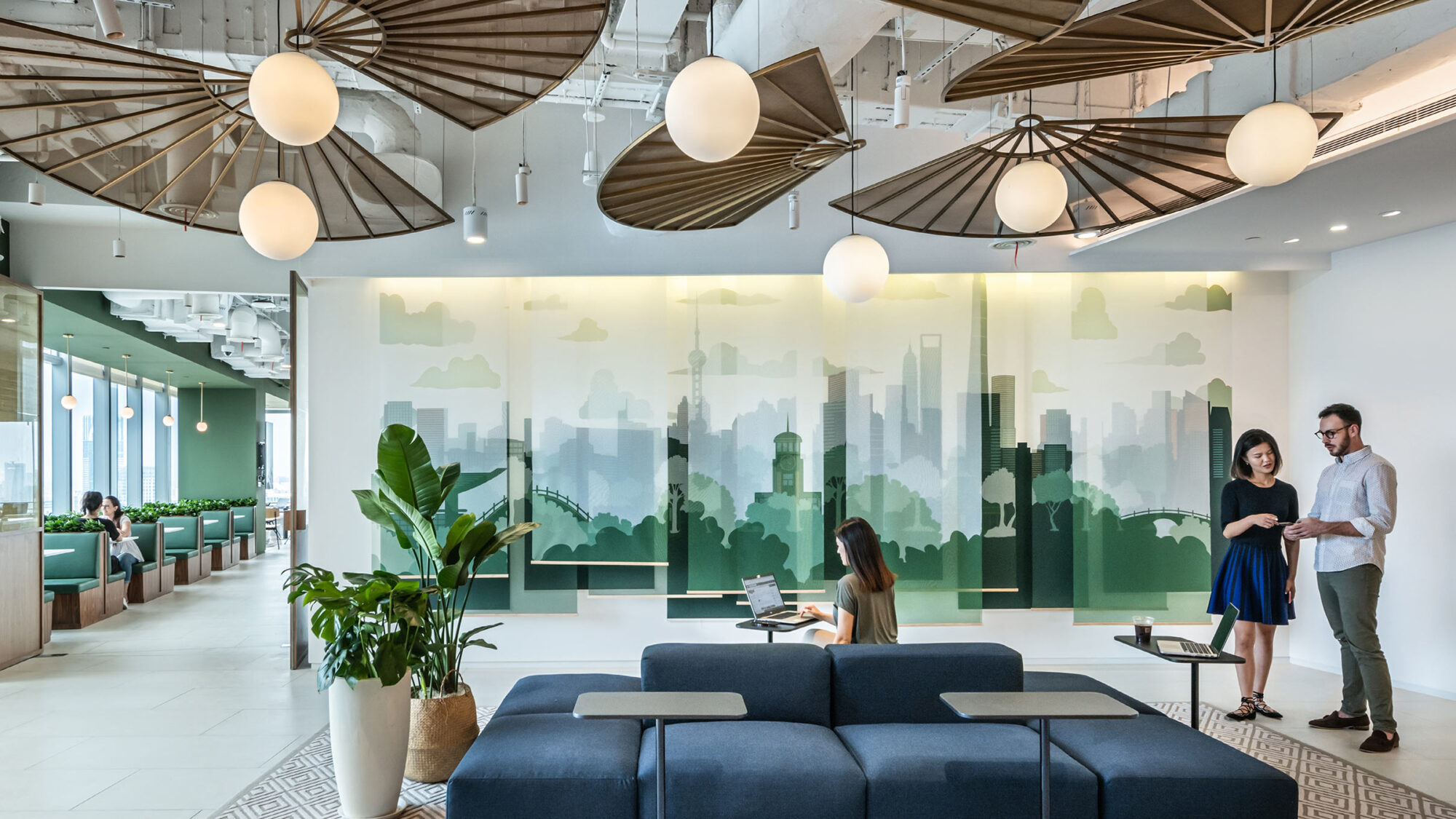



Nous contacter
Contact
Design is for everyone
Inclusivity has always mattered. But today, the importance of diversity, equity and inclusion (DE&I) has reached a new level. While inclusivity should be considered in any space, we’ve developed this service to help clients who want to go beyond expectations.
Inclusive design must consider areas of diversity including, but not limited to, age, gender, gender identity, sexual orientation, neurodiversity, race, and ethnicity.
It contributes to every facet of an organisation, including innovation, leadership, brand and the bottom line. As a result, many organisations have made significant efforts to ensure DE&I are part of their organisational culture, leadership structures and hiring processes.
However, some work environments can diminish these forward steps.
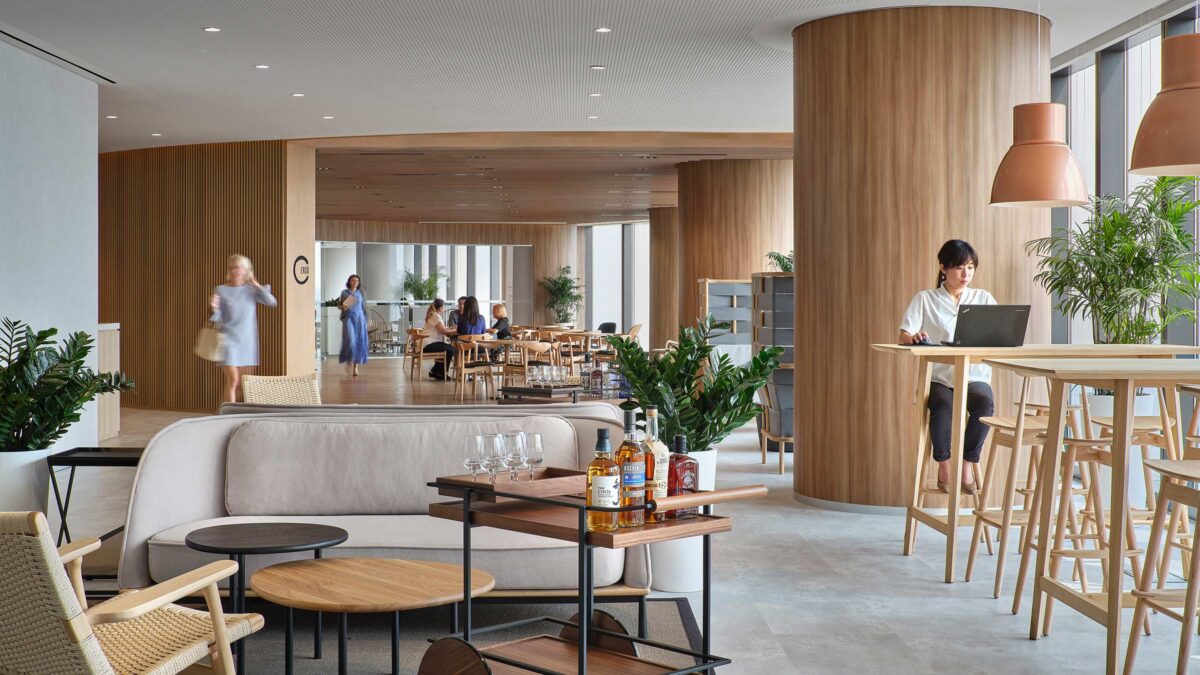
Simply put, it’s the right thing to do. Some of the many benefits include:
Increasing innovation
Studies show that innovation and creativity significantly increase when organisations have DE&I built in. It manifests in their culture, their hiring practices, the way they operate, and their workspace.
Attraction and retention
Hiring people who can contribute something different provides organisations with new perspectives and skills. Beyond attraction, retention is crucial. Inclusive design can help make everyone feel part of the bigger picture.
Brand and culture
Our workplaces are physical manifestations of an organisation’s brand and culture. They send signals to customers, investors, potential talent and most importantly, employees. It’s about living your values.
At M Moser, we consider DE&I throughout our engagement and design process. It’s embedded in the culture of our global, diverse, woman-owned firm. We work with clients to understand their objectives and experiences, turning these insights into design solutions. Then we help them create workplaces that support diversity, equity and inclusion, from the broadest concepts to the tiniest details.
To create work environments where all feel welcome, we follow several core principles. Firstly, recognise that everyone is unique. Secondly, design spaces to be universal – ensuring that everyone can participate without friction or barriers. Lastly, provide people with plenty of variety, privacy and comfort.
Our inclusive design service considers the spectrum of human needs, bringing people together to do their best work.
Discovery
We can run a gap analysis, comparing your policies and aspirations to your space. Many of our clients use this process to build a business case for change.
Engagement
Run interactive workshops with your team. Use it as a forum to share information about your plans. Our workshops can also be an excellent opportunity to learn about staff needs and values.
Briefing
Facilitate communication between your teams and create a design brief for the space. Map out a DE&I framework across workplace design, culture and operations.
Design strategy
Develop a comprehensive framework of suitable space types, settings and environments to meet the inclusivity needs of your organisation.
Design review
Review an existing space or plan to identify light-touch changes that make your workspace more inclusive.